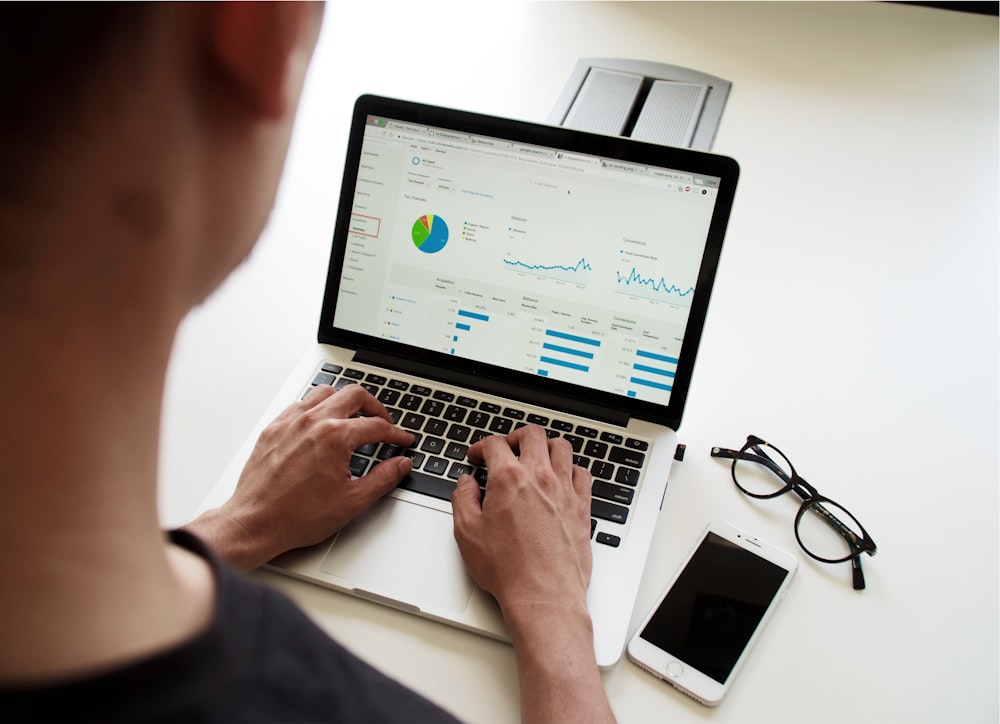Analytics
5/5 stars (1 votes)
Analytics is the systematic computational analysis of data or statistics. It is used for the discovery, interpretation, and communication of meaningful patterns in data. It also entails applying data patterns towards effective decision-making.
It can be valuable in areas rich with recorded information; analytics relies on the simultaneous application of statistics, computer programming, and operation research to quantify performance.
Analytics is a broad field that encompasses various topics and sub-disciplines. Here is a list of some of the key topics under analytics:
- Descriptive Analytics: This involves the examination of historical data to understand what happened in the past and gain insights from it.
- Predictive Analytics: Using historical data and statistical algorithms to make predictions about future events or outcomes.
- Prescriptive Analytics: Utilizing data and algorithms to suggest the best course of action or decision-making strategies.
- Business Intelligence (BI): Techniques and tools for collecting, analyzing, and presenting data to support business decision-making.
- Data Visualization: The creation of graphical representations of data to help understand patterns, trends, and insights.
- Data Mining: The process of discovering patterns and relationships in large datasets to extract valuable information.
- Machine Learning: Algorithms and models that enable computers to learn from data and make predictions or decisions without explicit programming.
- Big Data Analytics: Techniques and technologies for processing and analyzing large and complex datasets, often in real-time.
- Text Analytics/Natural Language Processing (NLP): Analyzing and extracting insights from unstructured text data, such as social media posts, customer feedback, etc.
- Web Analytics: Focused on understanding website traffic, user behavior, and online marketing effectiveness.
- Social Media Analytics: Examining data from social media platforms to derive insights about user preferences, sentiments, and trends.
- Customer Analytics: Using data to understand customer behavior, preferences, and buying patterns to improve marketing and customer service.
- Financial Analytics: Analyzing financial data to gain insights into a company's performance, risks, and investment opportunities.
- Marketing Analytics: Using data to measure and optimize marketing efforts and campaigns.
- Supply Chain Analytics: Analyzing data related to the supply chain to optimize inventory, logistics, and distribution processes.
- Healthcare Analytics: Applying data analysis to healthcare-related data to improve patient outcomes, optimize hospital operations, and manage costs.
- Sports Analytics: Using data to analyze and optimize player performance, team strategies, and fan engagement in sports.
- Fraud Analytics: Identifying and preventing fraudulent activities through data analysis and modeling.
- HR Analytics: Using data to make data-driven decisions in human resources, such as employee recruitment, retention, and performance management.
- Environmental Analytics: Applying data analysis to environmental data to monitor and address ecological and climate-related issues.
This list is by no means exhaustive, as analytics is a rapidly evolving field with new topics emerging as technology and data continue to advance.
by Mikhail Agapov
Sat, 28 Oct 23 05:01:44
Topics
Jammu & Kashmir - History, Culture & Traditions | J&K Current Trends | Social Network | Health | Lifestyle | Human Resources | Analytics | Cosmetics | Cosmetology | Forms | Jobs
Navigation
Quote of the Day
"Time Flies Over, but Leaves its Shadows Behind"



